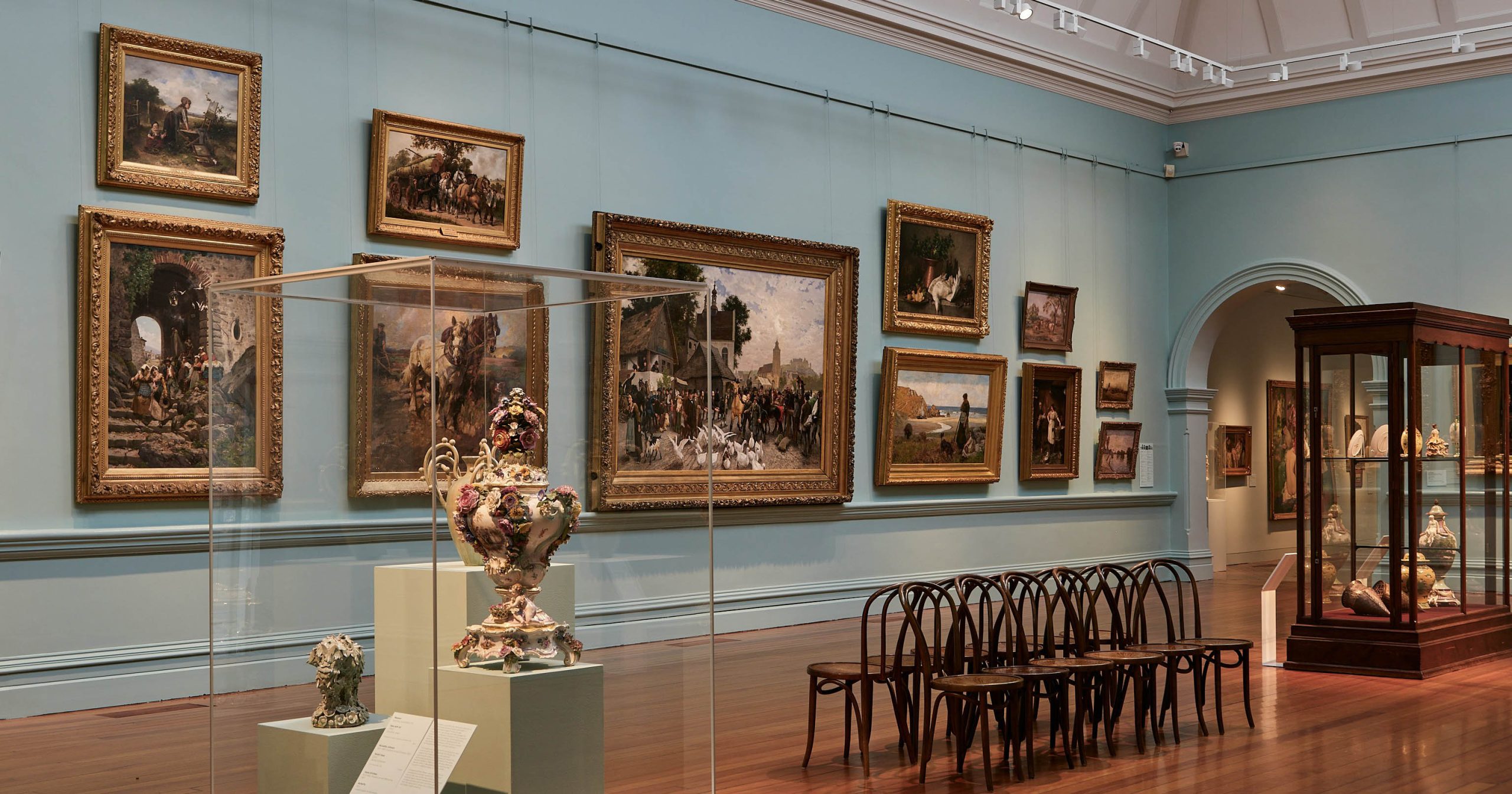We’ve all heard about NFTs revolutionizing digital art, but what about physical paintings or sculptures? For fine art collectors, the value of a piece is often defined by its authenticity, provenance, and the ability to trace its history. Here’s how blockchain for fine art is reshaping the art world and benefiting collectors:
Art Provenance and Authenticity on the Blockchain
Provenance has always been central to the value of art—knowing where a piece has been, who has owned it, and ensuring its authenticity. Blockchain technology introduces a more secure, tamper-proof way to track an artwork’s journey. Every transaction is recorded as a token on a digital ledger, which guarantees that the piece is genuine and that its history is transparent, reducing the risks of fraud and increasing buyer confidence.
Art That Generates Royalties for Collectors and Artists
For collectors, the financial value of art is often tied to its future resale potential. However, traditional art sales only benefit the original artist and seller. With blockchain, collectors can ensure that artists continue to receive royalties every time a piece is resold. This new model creates an ongoing connection between creators and buyers, fostering a more sustainable and mutually beneficial art market.
Fractional Ownership: Making Art More Accessible
The world of fine art has long been exclusive, with valuable pieces often out of reach for many collectors. Blockchain technology allows for fractional ownership, meaning that instead of one person owning the entire artwork, multiple collectors can own shares in a piece. This model not only makes high-value works more accessible but also allows for easier trade and transfer of ownership without the need to move the physical artwork.
Blockchain’s Impact on the Fine Art Collector’s Experience
Blockchain is not just about security—it’s also about innovation. It opens up new possibilities for collectors, such as acquiring digital twins of physical works or accessing limited editions with provable scarcity.
Blockchain technology is already being integrated into the fine art sector, as seen in Gemini’s exploration of blockchain for high-end art. With major galleries and auction houses beginning to embrace this innovation, the art world is moving towards a more secure and accessible future.
For collectors, these advancements mean greater security, new investment opportunities, and a more dynamic art market. Whether you’re just beginning your collection or adding to an established portfolio, blockchain is helping shape the future of the fine art market.


